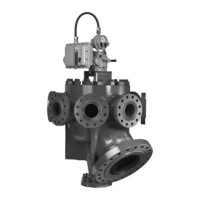
Do you have a question about the Emerson Fisher Multiport Flow Selector and is the answer not in the manual?
| Brand | Emerson |
|---|---|
| Model | Fisher Multiport Flow Selector |
| Category | Control Unit |
| Language | English |
Details the manual's content, intended audience, and safety precautions.
Explains the valve's function, application in oil/gas well testing, and outlets.
Provides contact details for training courses on the valve and related products.
Lists essential tools like torque wrench, socket wrench, and Allen head wrenches.
Pre-installation checks for damage, leakage, and verifying electrical connections.
Step-by-step guide for securely mounting the actuator onto the valve body.
Detailed steps for safely taking apart the Multiport Flow Selector valve.
Guide for reassembling valve components, including lubrication points.
Diagnosing and resolving issues where the actuator fails to align the plug correctly.
Procedure to inspect the seal insert for damage and identify causes of leakage.
Lists various seal repair kits with their corresponding part numbers for ordering.
Provides a list of specific adjustment tools required for valve setup and maintenance.
Identifies components of the Multiport Assembly using key numbers from figures.
Tasks for semi-annual inspection, lubrication, and operational checks.
Comprehensive checks for yearly inspection, lubrication, and electrical connections.
Guidelines for regular operation and recommended seal replacement intervals.
References the Bettis O&M Manual (MPS-400-0711) for detailed actuator information.
Describes the MPA as a single-turn actuator for multi-port flow selectors in well testing.
Highlights key assemblies like heavy-duty gearbox, magnetic encoder, and solid-state starter.
Details specifications for different MPA models, including torque, speed, and position accuracy.
Explains the LDM's interface, LEDs, controls for setup, and operation.
Covers power, network, monitor relay, ESD, and RDM wiring connections and guidelines.
Explains how to set the selector knob for Local, Remote, or Off modes.
Details using the Port and Jog control knobs for actuator movement and micro-stepping.
Describes the meaning of LDM LEDs (RUN, ALARM, PORT) and digital display readings.
Configuring display blanking and understanding alarm indicators and definitions.
Guide to installing and configuring the DCMLink application for actuator setup.
Configuring COM ports, baud rates, and addresses for network communication.
How to navigate and modify actuator configurations using the User Setup menus.
Steps to recalibrate the actuator's home port position after maintenance or component replacement.
Information on accessing protected factory settings and configuration files.
Explains factory calibration of ports for precise alignment and how values are stored.
How to view stored alarm events and their sequence using local controls.
Describes the menu flow and knob functions for accessing setup parameters locally.
Using the Field Diagnostics feature to diagnose problems and get detailed feedback.
A list of fault codes and their potential causes for actuator issues.
Information on Modbus RTU, memory maps for discrete I/O and holding registers.
Details the bit mapping for valve status inputs and alarm conditions.
Explains the function of coils used for discrete network control commands.
Describes the MPA's use of CAM18 for Foundation Fieldbus conversion and data mapping.
Data mapping for Profibus DP host output to control the Flow Selector.
Data mapping for Profibus DP host input to monitor actuator status.
Data mapping for DeviceNet host output to control the Flow Selector.
Data mapping for DeviceNet host input to monitor actuator status.

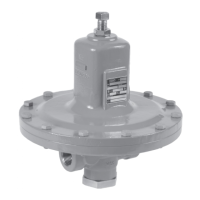
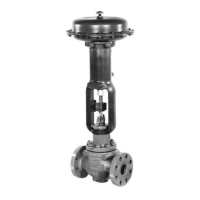
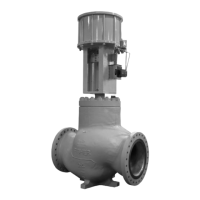
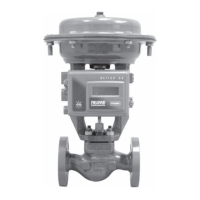
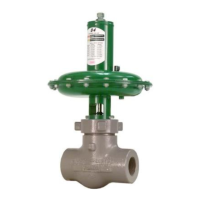
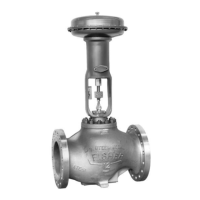
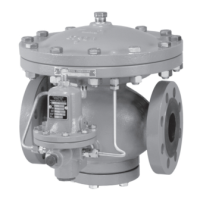

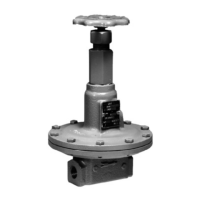
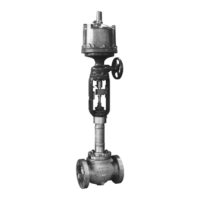

